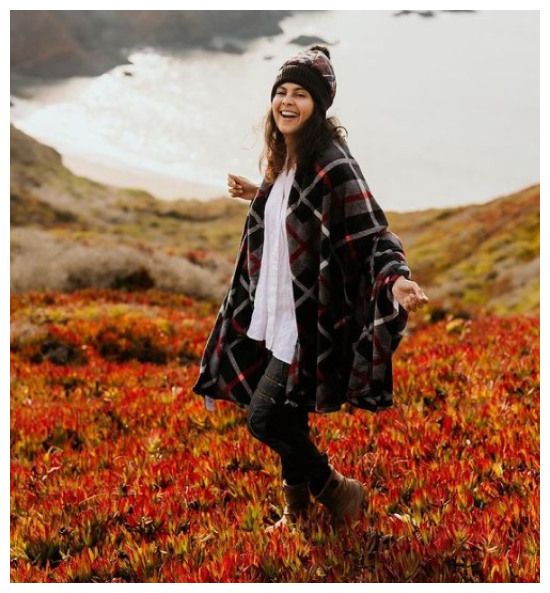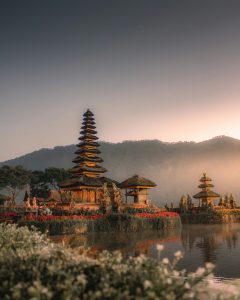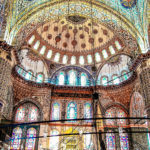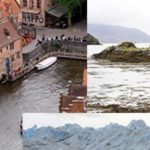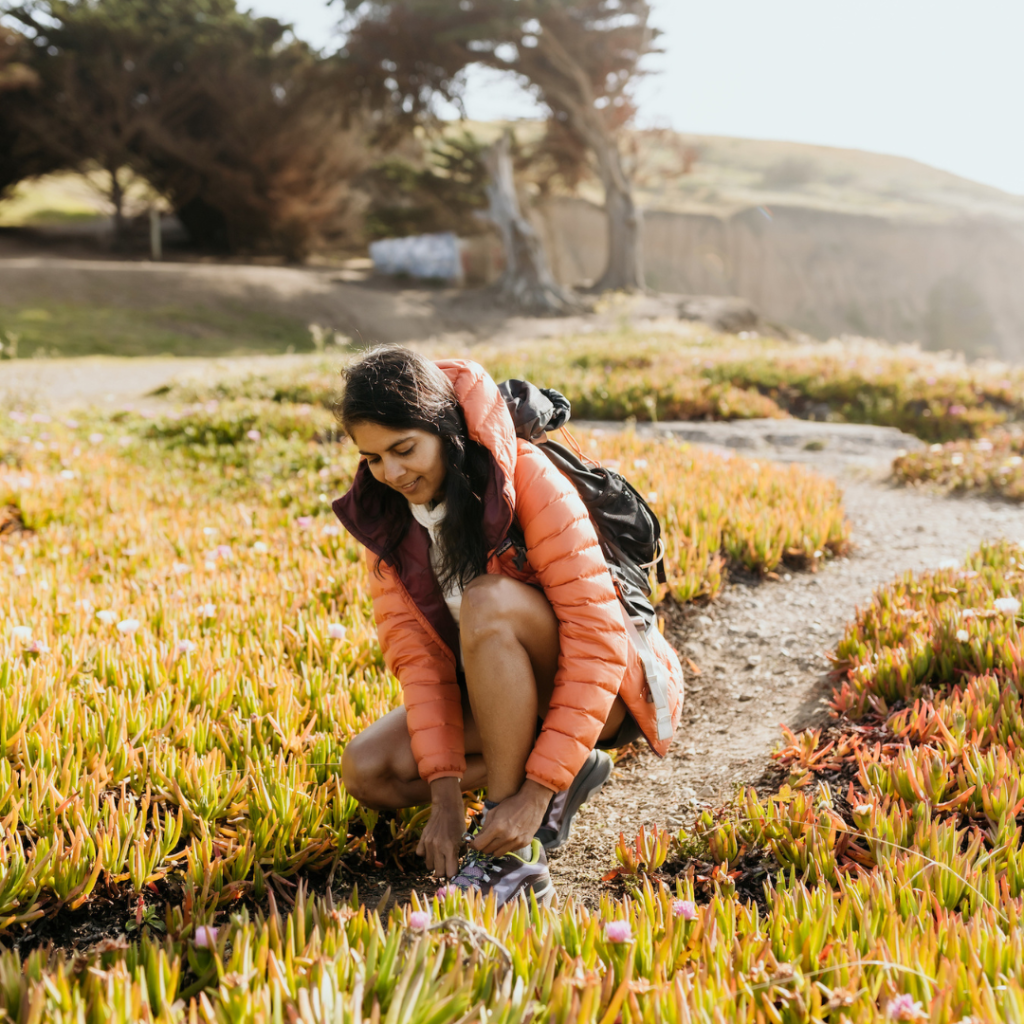Bhutan, for me, wasn’t just a destination—it was a return to stillness. A place where the mountains hold centuries of wisdom, where strangers greet you with genuine warmth, and where time seems to slow down just enough for you to catch your breath. It’s a destination that measures success not by Gross Domestic Product, but by Gross National Happiness and I was excited to discover the best things to do in Bhutan.
I traveled through Bhutan with Exodus Travels, and this blog is not just a review of Exodus Travels, but also the best things to do in Bhutan. As a certified B Corporation, I found out that Exodus Travels upholds high standards for responsible travel, transparency, and social impact by unveiling its ‘Thriving Nature, Thriving People’ approach to travel. Their small group sizes ensure a lighter environmental impact while fostering meaningful connections. We had an amazing local guide, and just the right balance of structured adventures and free time so the journey felt personal, meaningful, and aligned with how I love to travel—deeply, thoughtfully, and with space to connect to both the destination and myself.
If you’re planning your first trip to Bhutan, here are the 11 best things to do – woven through the stories, places, and people that made this one of my most meaningful travels yet.
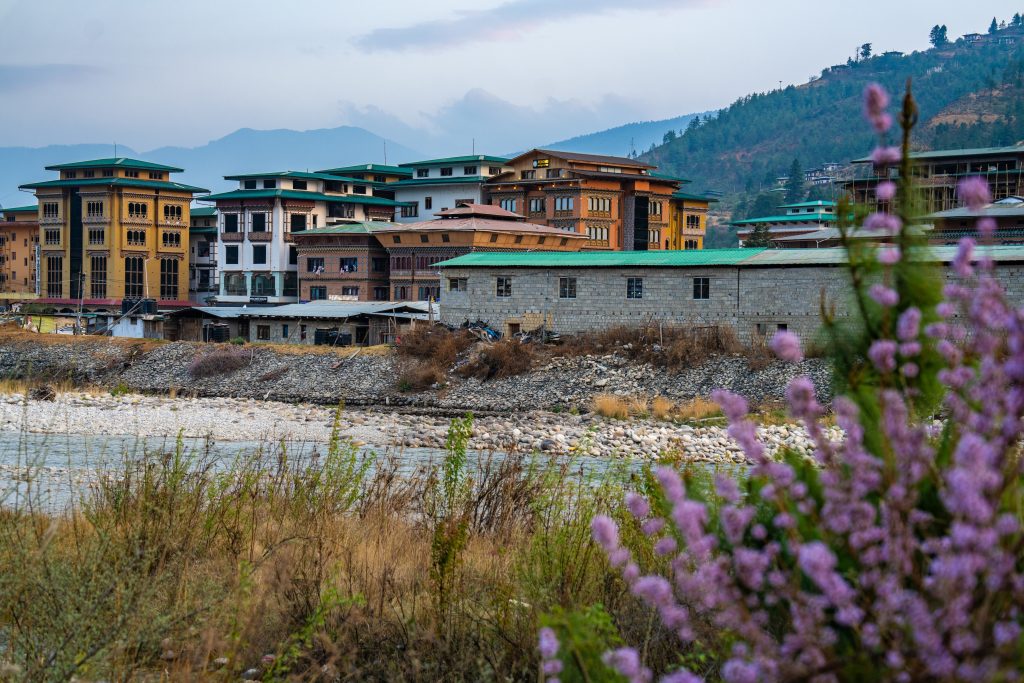

1. Start Your Bhutan Adventure in Paro Town
For first-time visitors to Bhutan, Paro is where most journeys begin. My husband and I landed in Paro two days before our tour was about to start so we could spend some extra time in Paro. We stayed at Rema Resort, nestled above town, where the views were expansive and mornings felt sacred. The views stretched endlessly, the air felt lighter, and every morning began with quiet reflection. We walked about 15 minutes into the town daily, soaking in the day-to-day activities we’d see along the way.
One of the things to do in Bhutan is cafe hop in Paro. Make sure you stop at Mountain Cafe for a vegetarian thali, great coffee, including Boba teas, and the best marble and yogurt cakes. I also loved browsing handmade goods at Tashi Wangmo’s shop (Tashi Wangmo Handicraft), where I bought two pendants (one for me and one for my mom) at different times during my visit and, in the process, Tashi and I became friends. She says she thinks of me as her ‘good luck charm’ 🙂
Tip: Mountain Cafe has a second branch (which includes meat options) facing a beautiful flowering park set around a prayer wheel – a lovely place to rest and reflect.
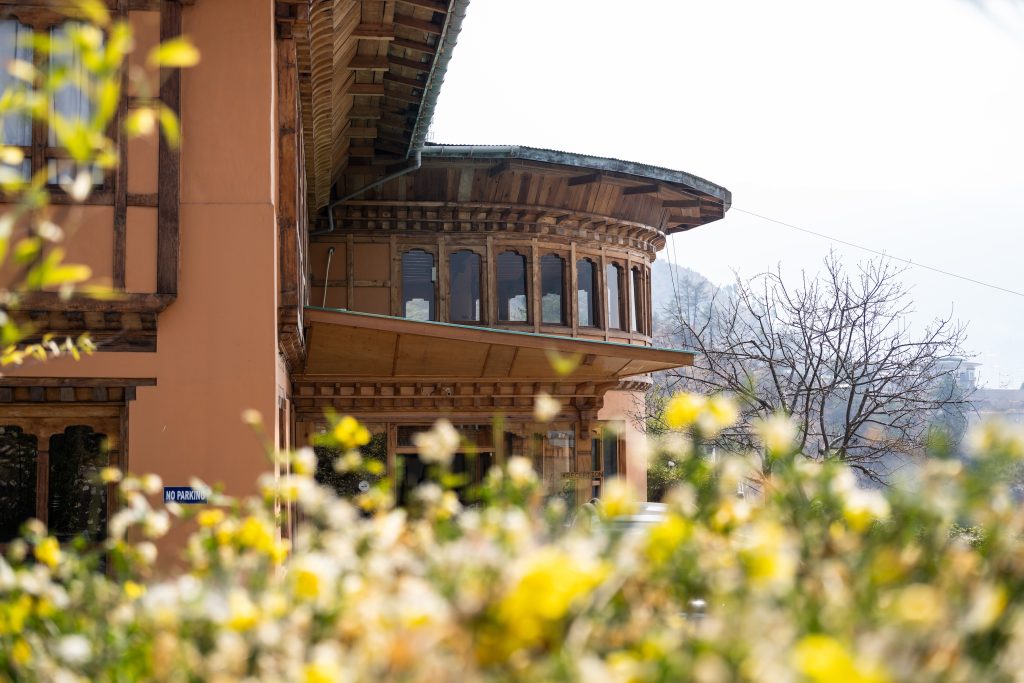


2. Eat at Sonam Trophel & Learn About Bhutanese Matriarchy
Dinner at Sonam Trophel while in Paro, became one of our favorite things to do in Bhutan. My husband and I walked into the small establishment located upstairs on the main street and were instantly greeted warmly by Sonam herself. In one corner, the entire family, including Sonam’s mom, her husband, son and other family members were sitting around and enjoying family time.
Her mother founded the restaurant thirty years ago, and when she planned to retire, she was going to shut down the restaurant but Sonam couldn’t bare the thought and decided to take over to preserve her mother’s legacy. That spirit of matriarchy runs deep in Bhutan – women inherit the family home and land, and husbands typically move in after marriage. I was surprised by this and as a woman, really glad to hear this too!
Sonam recommended the momos, thukpa and my favorite, the national dish called Ema Datshi. Ema Datshi is a traditional dish made with chili peppers and cheese. It’s spicy and delicious and one of the best things to eat in Bhutan. Some of the chili peppers are spicy others are mild, so your Ema Datshi spice levels really depend on what type of peppers the cook gets that day.
They also shared how Bhutan has no old age homes. Parents are cared for within the family unit, a practice rooted in love and community care. “Why would we send our parents away?” Sonam’s mother asked, smiling softly.
Bhutan’s values—family, respect, joy, and care—aren’t just spoken. They’re lived.

3. Discover Bhutanese Wisdom Through Art: The National Museum & Rinpung Dzong in Paro
Our tour with Exodus Travels began in Paro. High above Paro, the old watchtower-turned-National Museum gave me my first real pause. Among its exhibits, one intricate mandala stood out—more than a design, it was a map of the universe and the self. Our guide (who was a local Bhutanese), explained how each layer represents a different stage of enlightenment. I stood there thinking: this is what Bhutan teaches—balance, stillness, and the journey inward.
Just downhill, inside the Rinpung Dzong, we wandered through corridors and rooms filled with ancient murals that depicted Buddhist teachings. One memorable thangka painting depicted the cycle of life—complete with a baby emerging from a womb. Our guide explained how such imagery is used to teach people about birth, death, and rebirth.
Bhutan’s history isn’t confined to books. It’s told through stories passed down, shared aloud, and painted on walls. One such story I heard from our guide: in older times, if a woman had a child but refused to reveal the father, she was sent out of the village to give birth. The belief was that secrecy could bring misfortune—less rain, poor harvests etc. The community and cosmos were deeply linked. Everything had meaning.

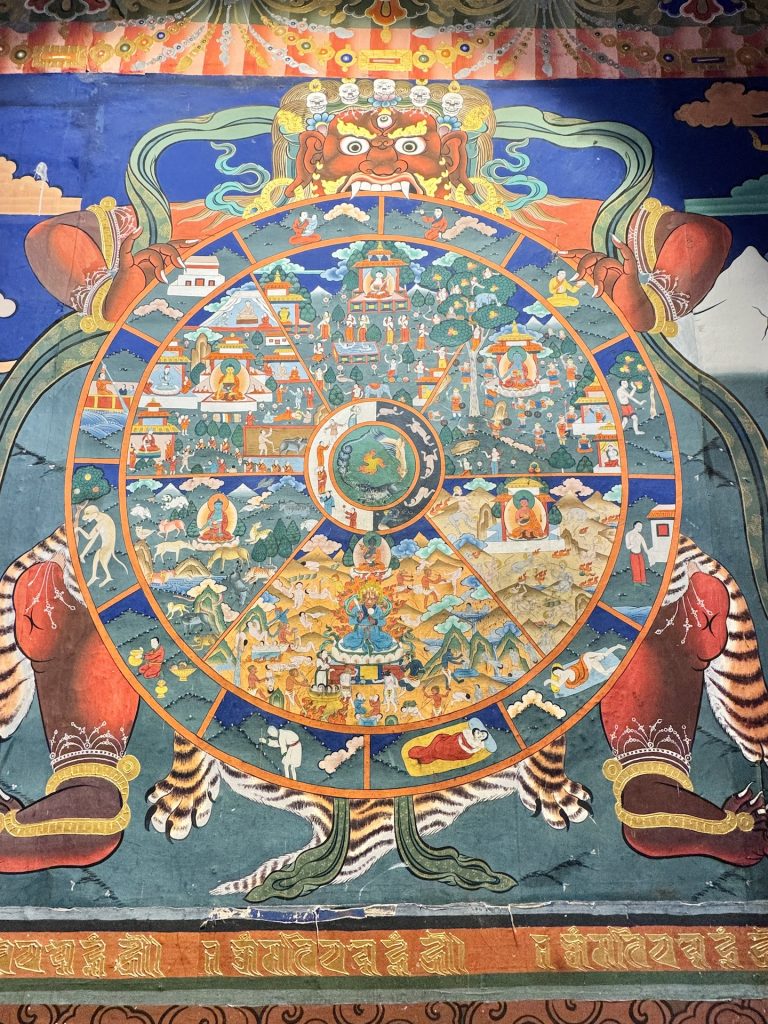
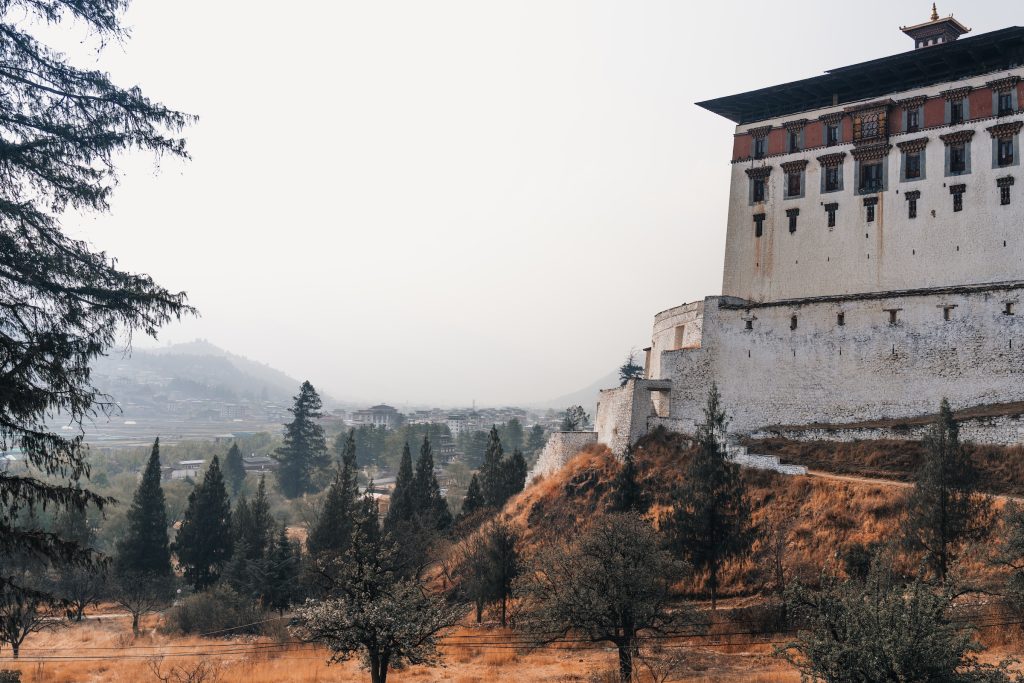
4. Experience Dochula Pass: 108 Chortens & a Lesson in Acceptance
As we drove from Paro to Thimphu (a one hour drive), we stopped at Dochula Pass, perched at 10,000 feet above sea level. The 108 chortens stood solemnly in the clouds, built to honor Bhutanese soldiers who died in a 2003 conflict. If the skies are clear, you can see the snow-covered Himalayan range. For us, the mist hung heavy and thick.
But somehow, that felt right. It became another quiet Buddhist teaching: acceptance. Even when the view doesn’t show up the way you hope, the experience still holds meaning.

5. See the Buddha Dordenma & Relax at Ambient Café
One of the best things to do in Thimphu is visit the towering Buddha Dordenma, a 170-foot statue housing over 125,000 miniature Buddhas inside, each symbolizing peace and compassion. The towering Buddha overlooks the capital below. Standing beneath the Buddha, I felt small—but in a beautiful, freeing way.
Not far from there, we checked into our hotel in Thimphu, Hotel Gaykil. The location was awesome as it was right IN Thimphu town and then had some free time before dinner. My husband and I decided to walk into town and stumbled upon Ambient Café. We loved the ambience at Ambient: monks slurping noodles, young Bhutanese couples on coffee dates, students studying, friends catching up. I sat by the window, snacking on spicy, lip-smacking, chili fries, and watched the world go by.
It was so everyday—and yet so full of meaning. Bhutan’s joy isn’t just in the monasteries or the views. It’s also in these unassuming, grounded moments where people are simply being themselves, fully present.


6. Hike Through Gangtey Valley & Discover Bhutan’s Conservation Ethos
Bhutan is the only country in the world that’s not just carbon-neutral—it’s carbon-negative. Its constitution mandates that at least 60% of the land remains forested at all times (and right now, around 70% is forest-covered). Even when people want to build homes or hotels, they must obtain permits and stay within strict regulations, especially in protected areas. Our local guide explained how even the amount of wood villagers use for building, is regulated—an effort to balance tradition with sustainability. Conservation of the environment is one of the four pillars of Bhutan’s Gross National Happiness philosophy and the country’s commitment to conservation is bigger than most!
One of the best things to do in Bhutan is explore Phobjikha Valley, a glacial valley rich in biodiversity. At the wildlife preserve, I saw takin, sambar deer, and yaks, all coexisting peacefully. I learnt that Takin is a subspecies of Takin that’s native to Bhutan, and locally known as drong gimtse, it holds the honor of being Bhutan’s national animal. According to legend, the revered Tibetan saint Lam Drukpa Kunley, known as the Divine Madman, created the Takin through a miraculous act. He reportedly assembled the animal from the head of a goat and a cow’s body, bringing it to life with a snap of his fingers.
On a morning hike through Gangtey Valley, we passed pastures, blue-pine forests, and traditional farmhouses. I watched herders tend to the land like their ancestors have for centuries. We visited the serene Khewang Lhakhang, a 15th-century temple housing three towering statues of the past, present, and future Buddhas. It felt like stepping into living history.
We also visited the Black-Necked Crane Visitor Center, where I learned about the sacred migratory birds that winter in the valley, and the deep conservation efforts underway to protect them. Bhutan doesn’t just talk about preservation—they live it, breathe it, and build their country around it.
Our accommodation in Phobjikha was beautiful, overlooking the valley. Kichu Resort is a boutique hotel, and I loved the spacious rooms for the excellent heating and views!
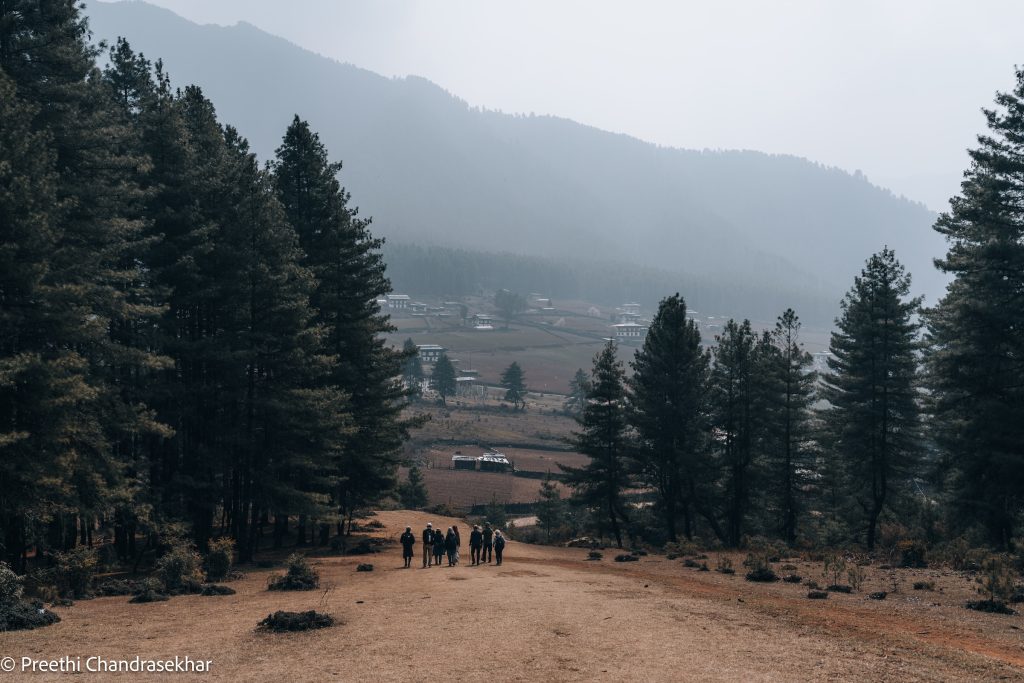
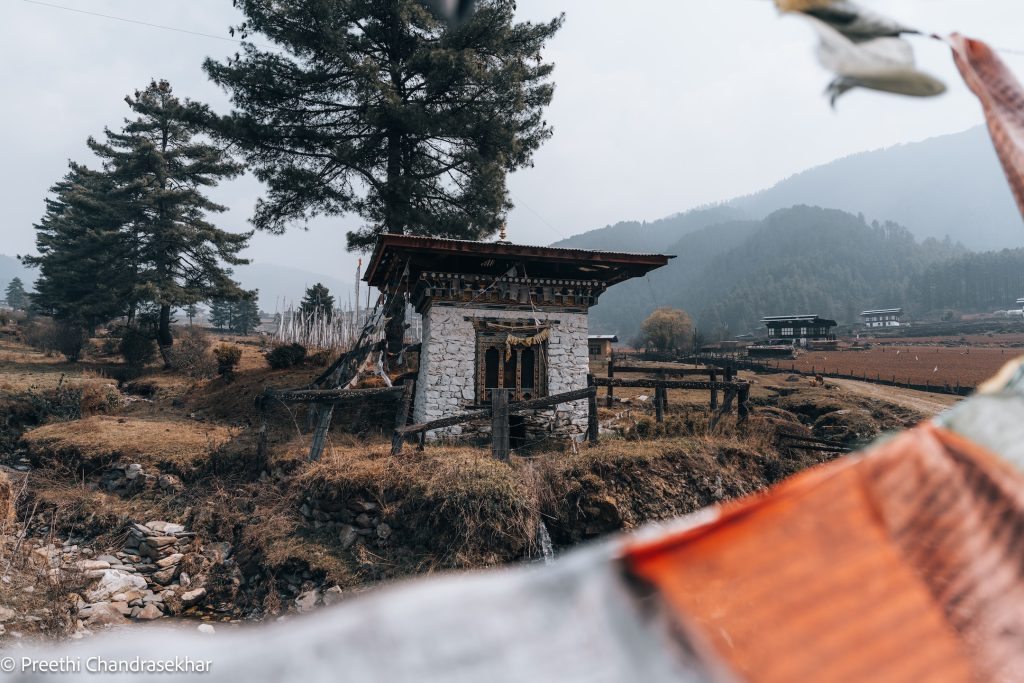
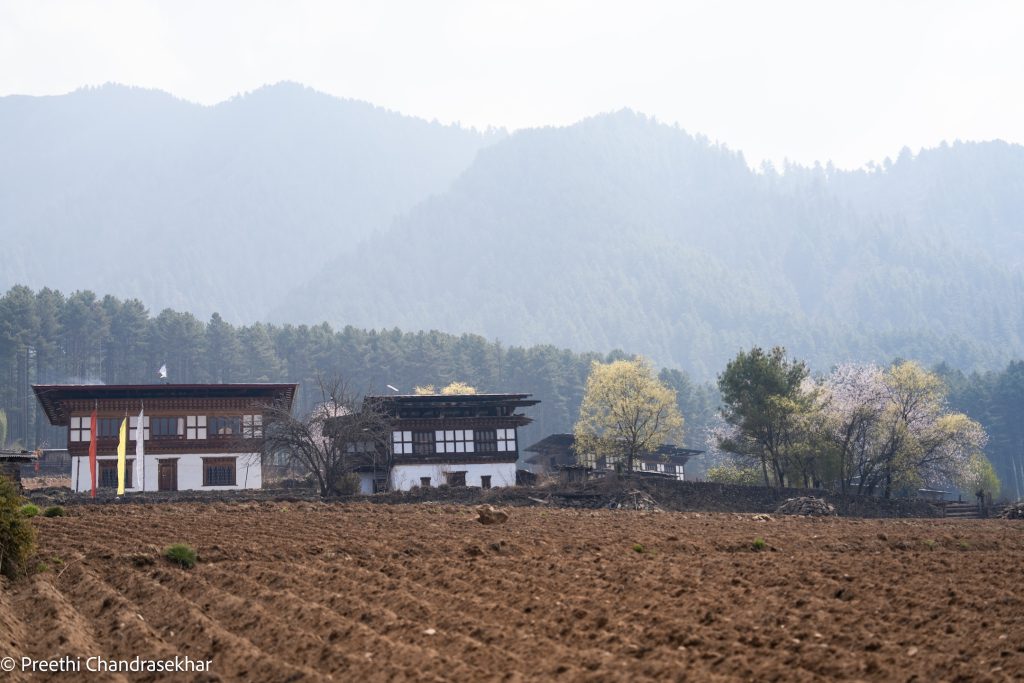

7. Visit Chimi Lhakhang: The Temple of the Divine Madman
No Bhutan itinerary is complete without a walk through the village leading to Chimi Lhakhang, the temple dedicated to Drukpa Kunley, the “Divine Madman” or “Mad Saint.” Known for his irreverent, boundary-breaking approach to Buddhism, he used humor, song, and even sexuality to convey spiritual teachings.
The homes in the village (and even in the shops around Paro), are adorned with vibrant phallic symbols, painted on walls and doors to ward off evil spirits and bring prosperity. It’s shocking at first glance, but in Bhutan, it’s completely normal—and deeply symbolic. Bhutan is modernizing – but you can still see the echoes of ritual everywhere.
The temple is believed to help couples struggling with infertility conceive. Typically the monk blesses you inside the main altar and then the woman has the option to carry a large phallus on her back around the temple as a prayer offering.
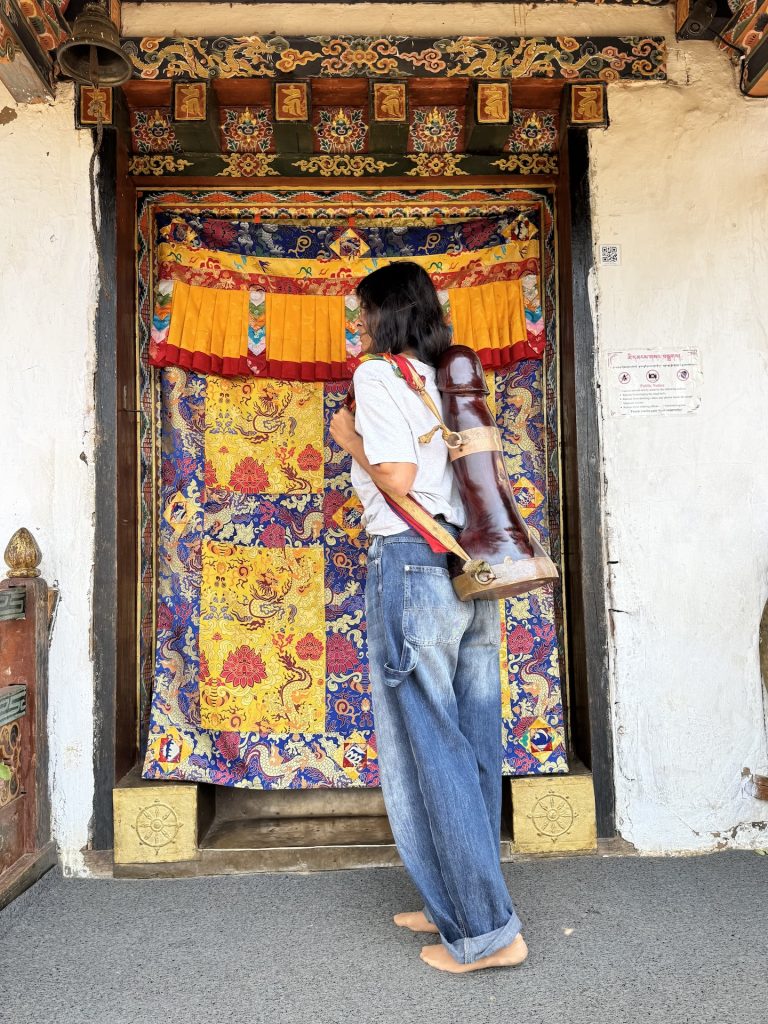

8. Visit Punakha Dzong & Meditate with the Monks
Punakha Dzong is one of the most majestic buildings in all of Bhutan—built at the confluence of two rivers, and surrounded by jacaranda trees in full bloom when we visited, it’s one of the things to do in Bhutan.
But it wasn’t the architecture that moved me most. It was the moment I stepped into the prayer hall among the monks as they chanted. I sat cross-legged beneath the watchful gaze of a massive Buddha statue. With my eyes closed, I could feel the vibrations of the chants roll over me like waves. It was pure, unfiltered presence.
Afterwards, I asked a few monks a question that had been living in my heart: How do you find happiness?
They giggled, nudged each other playfully. One answered with a quiet smile, “When I give happiness to others, that is happiness for me too.”
That stayed with me.
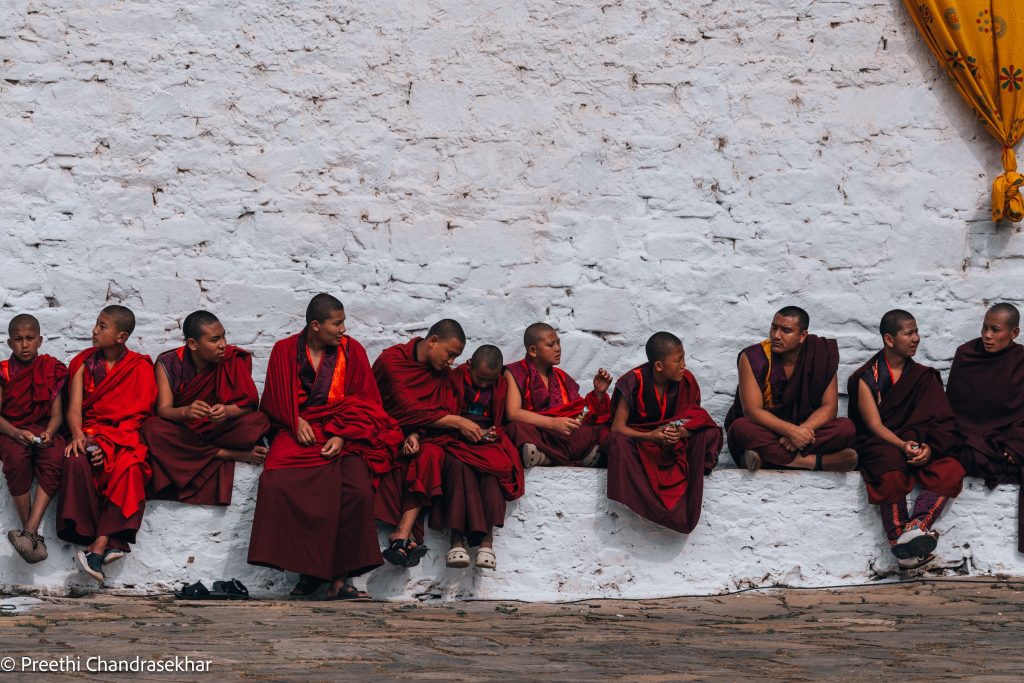
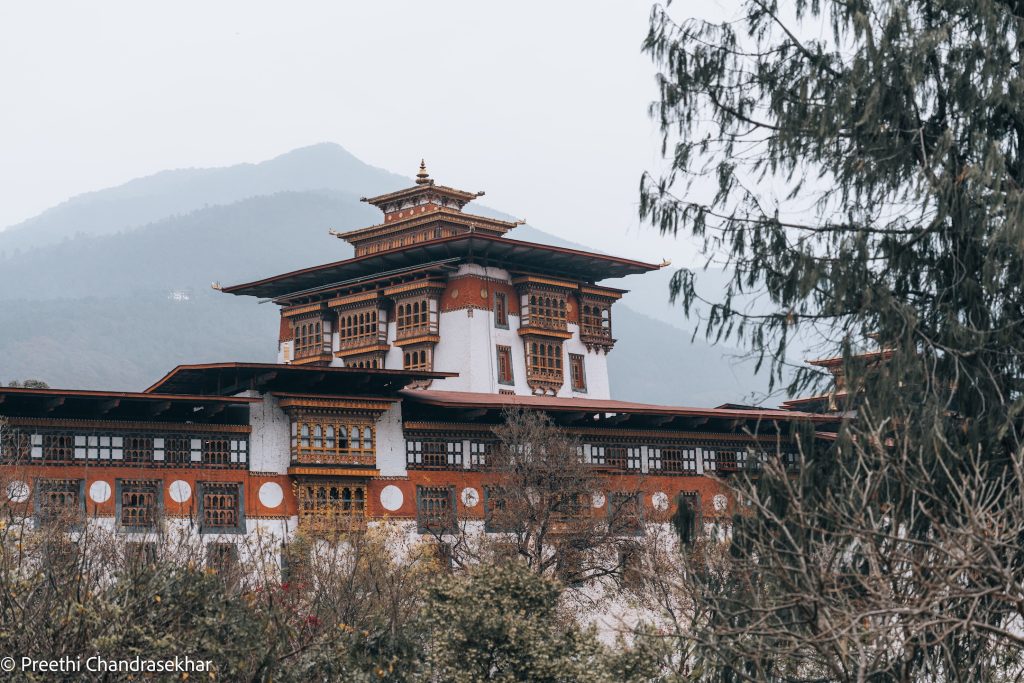

9. Witness the Paro Festival: Sacred Stories in Motion
Bhutan’s traditions are expressed in a variety of ways, from the locals wearing the local attire to cultural festivals to practicing the national sport of archery to arts and crafts that are passed down from generation to generation. Bhutan’s culture is also a core component of its Gross National Happiness (GNH) framework, and the most important manifestations of Bhutanese traditions so far can be seen in the cultural festivals that the country celebrates.
Attending the Paro Tsechu was one of the most memorable experiences of my trip. Bhutanese people from across the region gathered in their finest traditional attire to watch monks and lay dancers perform masked dances that tell ancient Buddhist stories.
The festival honors Guru Padmasambhava, also known as Guru Rinpoche, who is credited with bringing Buddhism to Bhutan in the 8th century. Tshechu, the word, translates to “tenth day,” as the festival falls on the tenth day of the Bhutanese lunar calendar and usually happens in March or April.
The movement, the costumes, the chants—it all felt like watching living folklore. The energy in the crowd was joyful, reverent, and proud. Being part of that audience, surrounded by local families, felt like an honor. Tourists are encouraged to wear the local attire, known as Kira, for women and Gho for men.
In the evening we had free time to explore on our own, and my husband and I wandered around Paro, photographing monks chilling under a tree, kids playing in a park, and women shopping. We grabbed a coffee and (you guessed it) marble cake at the Mountain Cafe before heading back to Rema Resorts where we were staying for our last few nights.

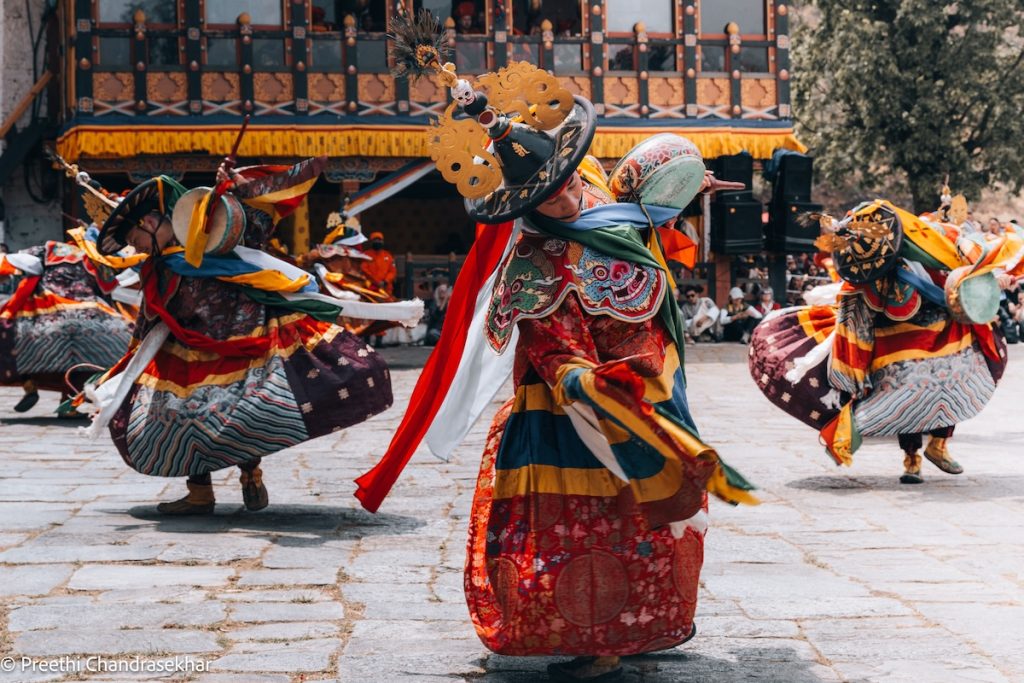

10. Hike to Tiger’s Nest: The Pilgrimage of a Lifetime
On our final day with Exodus Travels, we rose early (around 4:30am) for the iconic hike to Tiger’s Nest Monastery (Taktsang Palphug), one of the best things to do in Bhutan. We reached the trailhead by 5:45am and began hiking by 6am. This was all very strategically thought out by our guide, Kinsley, and it was really brilliant because even though we groaned at the early start, we escaped the forecasted rain until we got to the top of the monastery.
The hike was fairly easy, although the trail was steep, winding through forests of pine and mist, prayer flags fluttering overhead. Half way into the hike (about an hour in, depending on your pace) we came across the cafeteria that has epic views of Tiger’s Nest. While food is not available early morning, you can grab a coffee, and hit the bathrooms before continuing the climb.
We paused often—not just to catch our breath, but to take it all in. And then suddenly, there it was: the monastery, clinging to the edge of a cliff, impossibly majestic. Legend says Guru Rinpoche flew here on the back of a tigress to meditate in a cave, subduing local demons. The hike is symbolic of spiritual transformation, and I felt that with every step. It wasn’t just the altitude that left me breathless—it was the meaning of it all.
When I finally reached the top, I sat in silence, heart pounding, soul still. And I knew I’d remember this moment for the rest of my life. We couldn’t take pics inside the monastery but we enjoyed the history and spent some time meditating in one of the rooms where some monks were chanting.
After the hike we hiked down to the cafeteria and had a delicious lunch there before heading back down. By now it had started raining in earnest so we were glad to head back to the hotel where a hot stone bath was awaiting my husband and I at Rema Resorts.

11. Soak in a Hot Stone Bath
The Bhutanese use hot stone baths to treat ailments such as arthritis, hypertension, joint pain, stomach disorders, and other deep-set aches. How?
It uses Menchu, which means medicinal water. Menchu consists of fresh water and Artemisia absinthium (wormwood) leaves. The combination is heated with river stones that have been roasted over a fire until they are burning hot. To increase the temperature of the water, more heated stones are added into the main tub through a chute. But don’t worry about the stones rolling over you because there are holes in the chamber for the heat to be infused into the bath.
The heat of the water, combined with the medicinal herbs and minerals from the stones, combine to work wonders and I can tell you first hand this was the most amazing way for us to unwind after the hike. Our calves and back muscles thanked us later. Post hot stone bath we indulged in a one hour couples massage in the capable hands of the therapists at Rema. Overall it was one of the best days of the trip and I highly recommend a hot stone bath as one of the things to do in Bhutan.
Conclusion
I asked numerous locals if they were really happy. What exactly was Gross National Happiness after all?! The framework includes psychological wellbeing, health, work/life balance, education, cultural diversity and resilience, good governance, community vitality, ecological diversity and resilience, and living standard. I learnt from the locals that while people were neither rich nor poor, education and healthcare was free for all. The $100 sustainable development fee that US citizens have to pay per day in Bhutan goes toward providing education and healthcare for the locals.
And a lot of the day to day outlook is governed deeply by the Buddhist philosophy of compassion, acceptance and contentment. One thing is very clear, the people love their King and he is known affectionately, as the ‘People’s King’. So there you have it, a country that’s committed to preserving its culture, environment, providing free education/healthcare for all, and ensuring the wellbeing of its people.
I recommend Exodus Travels because of the small group size, free time to explore on your own, and knowledgeable local guides that tell you interesting stories about the destination. Face it, sometimes we just don’t have the time to research and plan a trip, and sometimes the destination may be so intimidating for us to go solo or in the case of Bhutan, we are required to travel with a guide on a tour. For all these reasons, it’s great to know there are companies like Exodus that offer thoughtful itineraries that help you immerse and discover a place authentically. Have you been to Bhutan and if so what are your thoughts about this country?! I’d love to hear your comments below!
